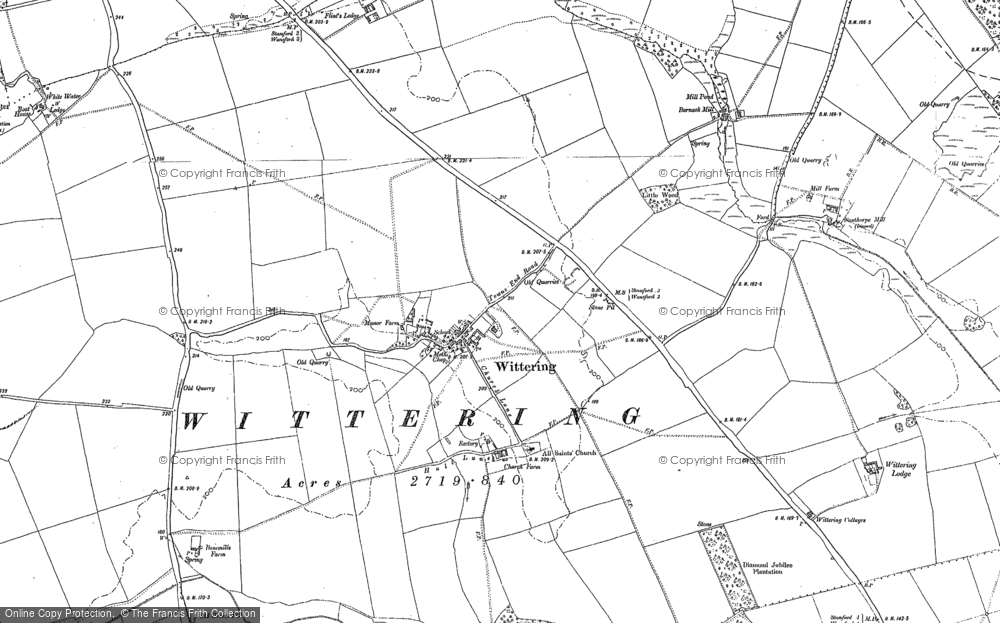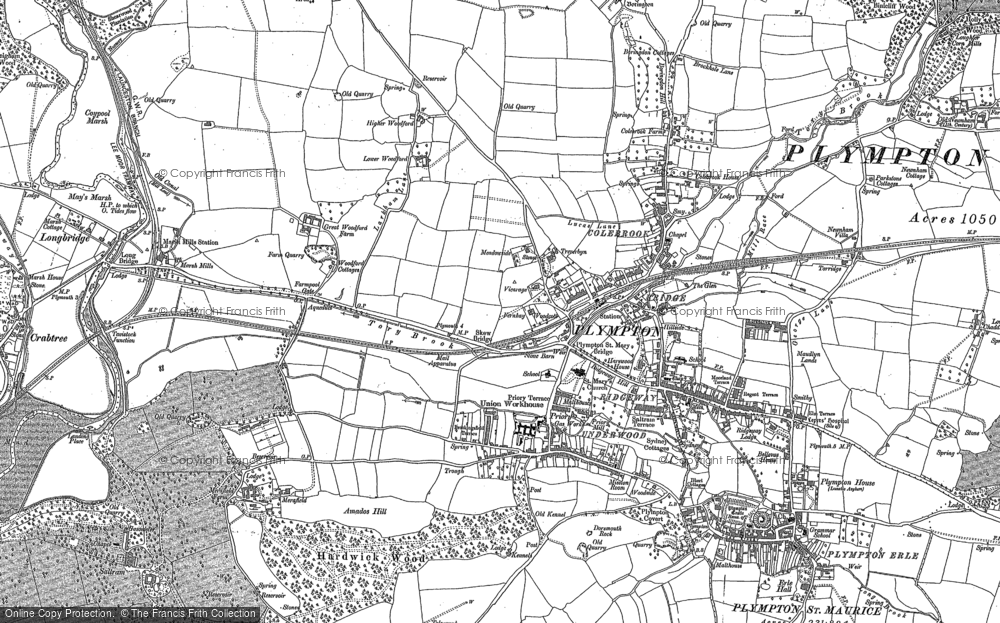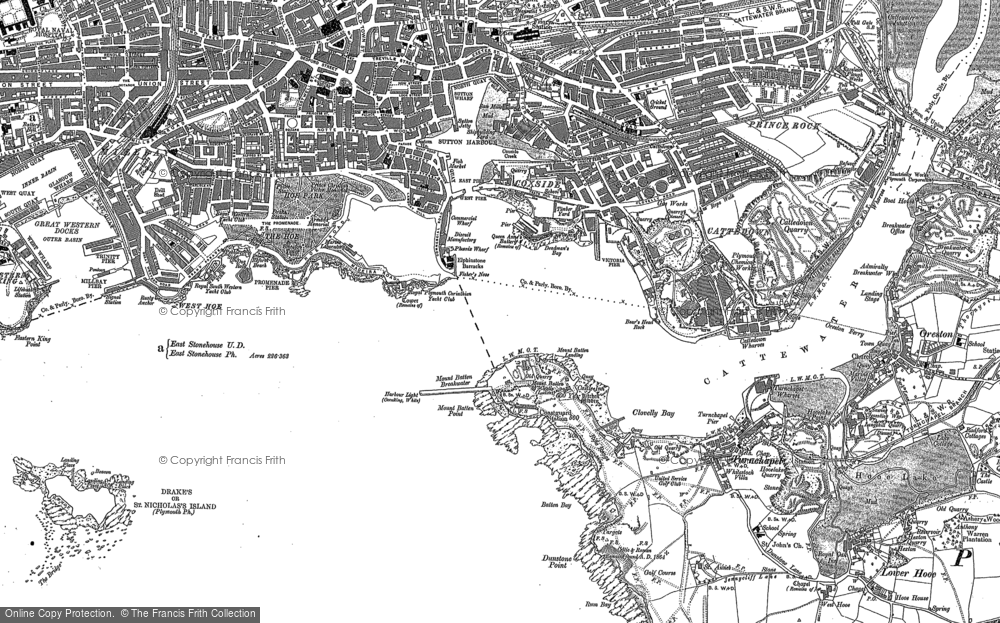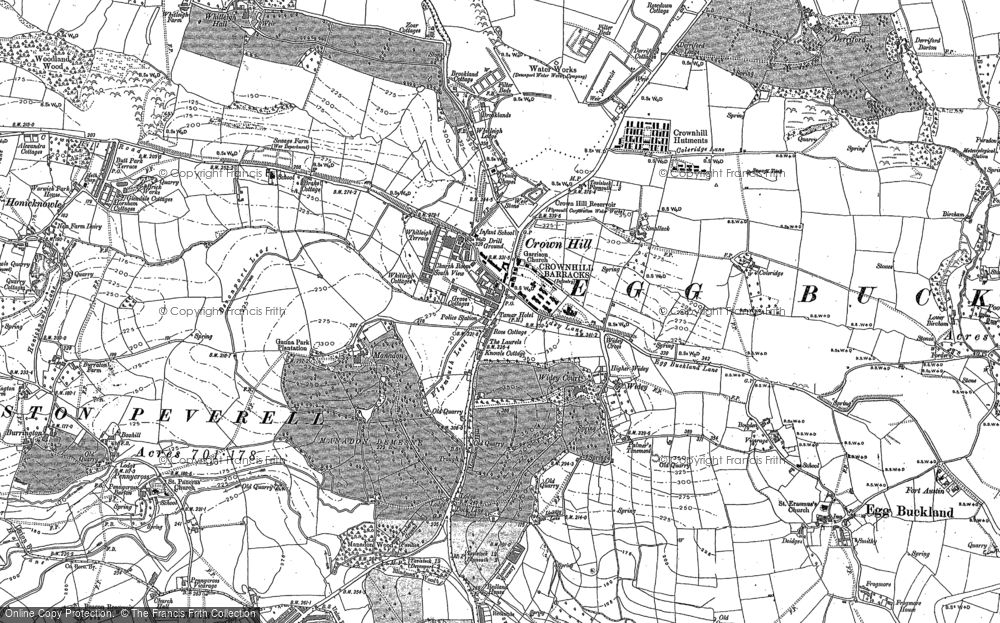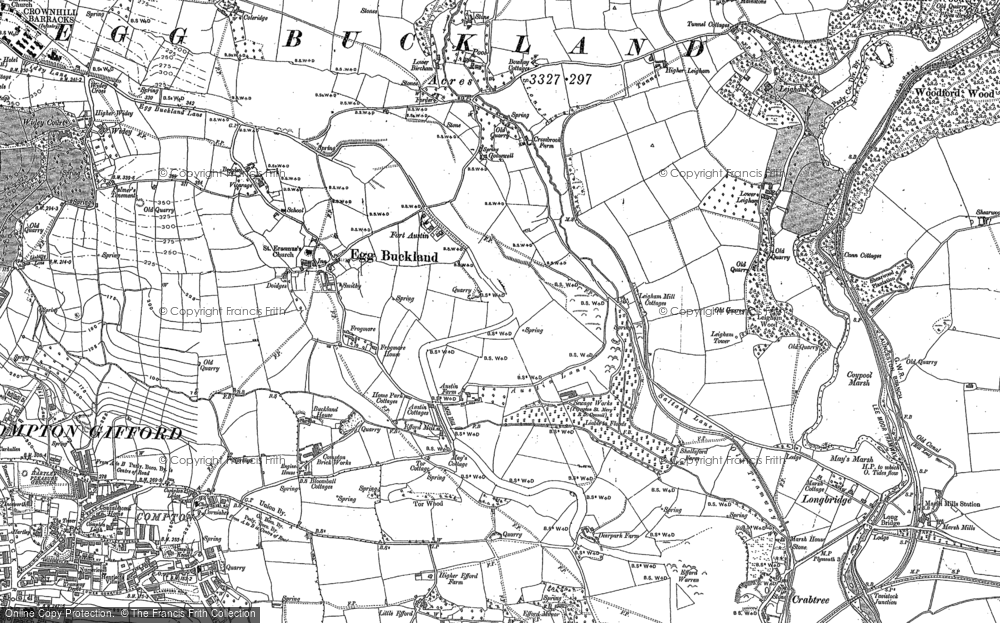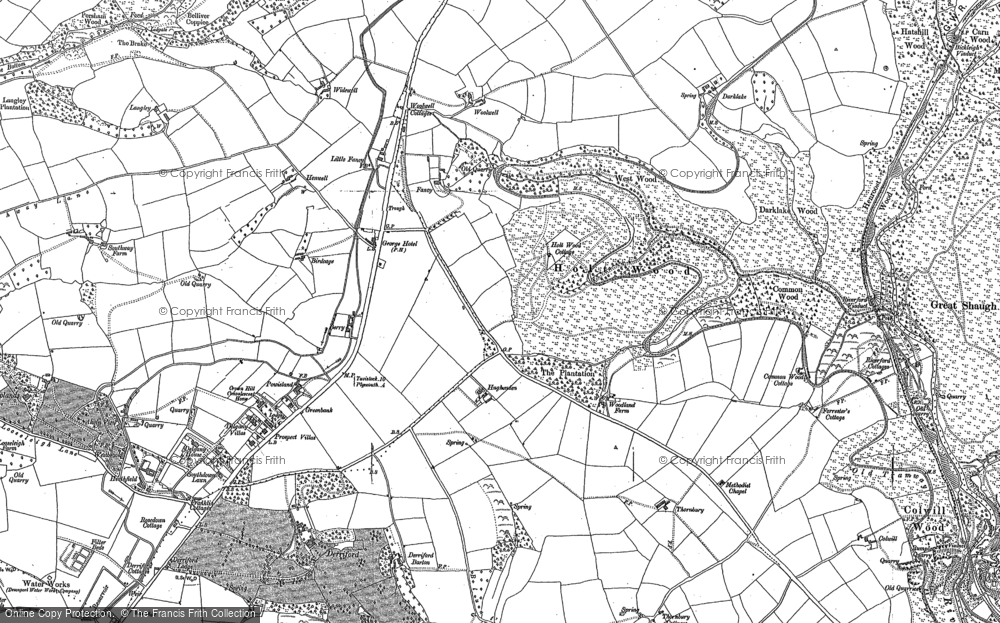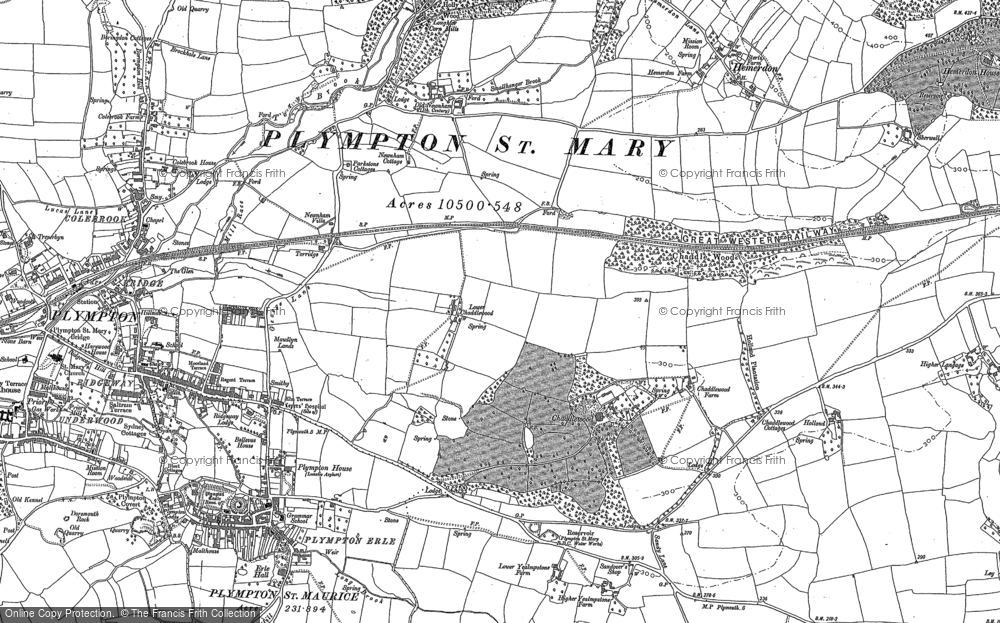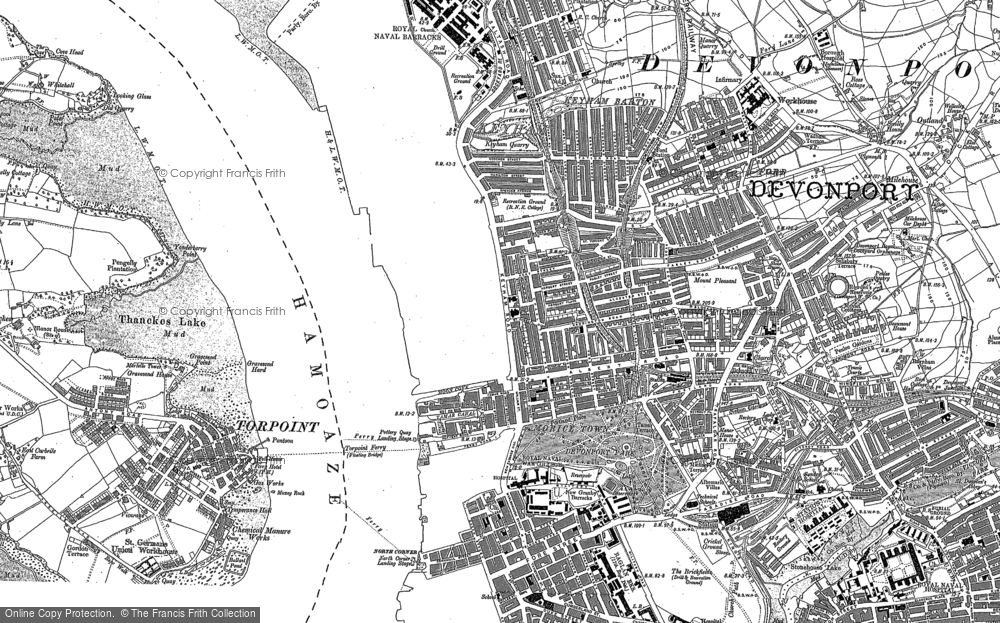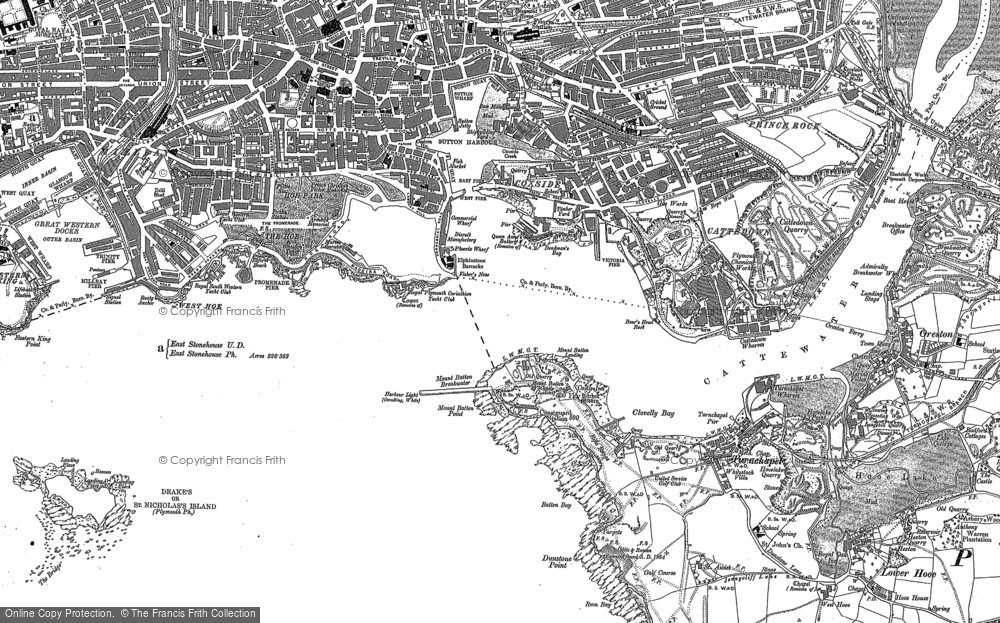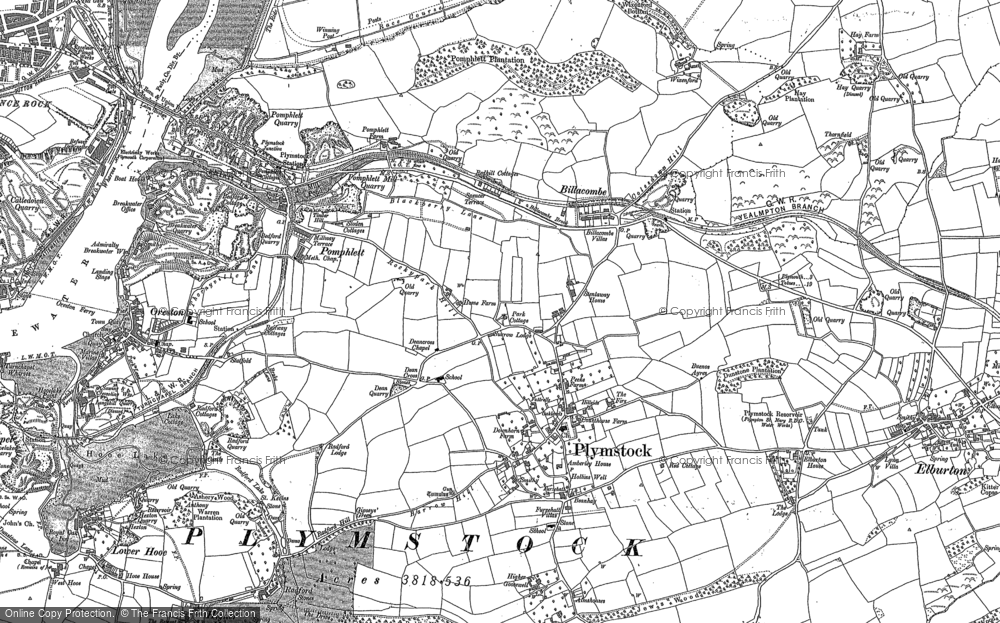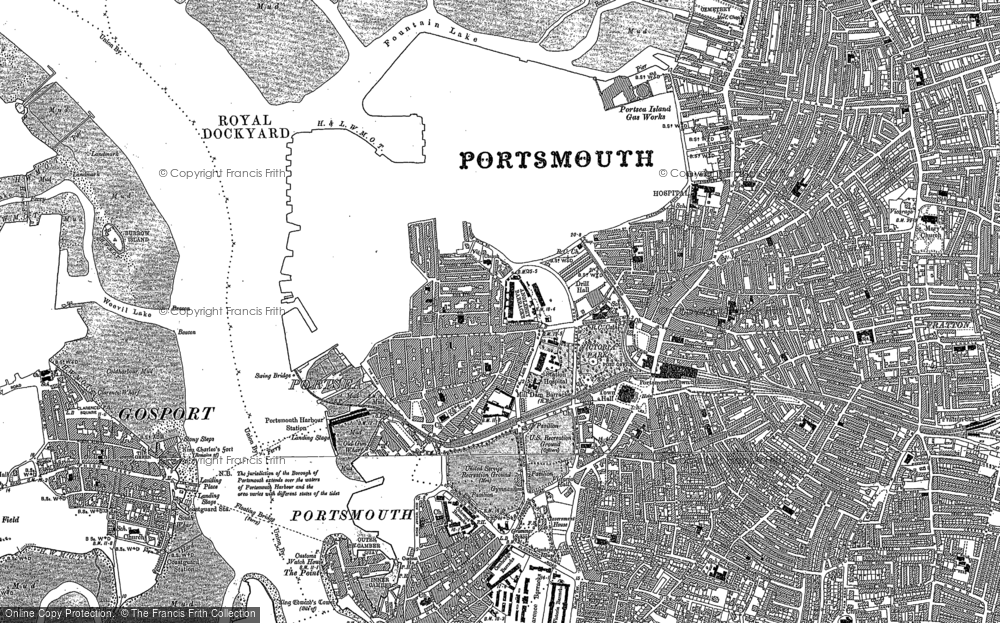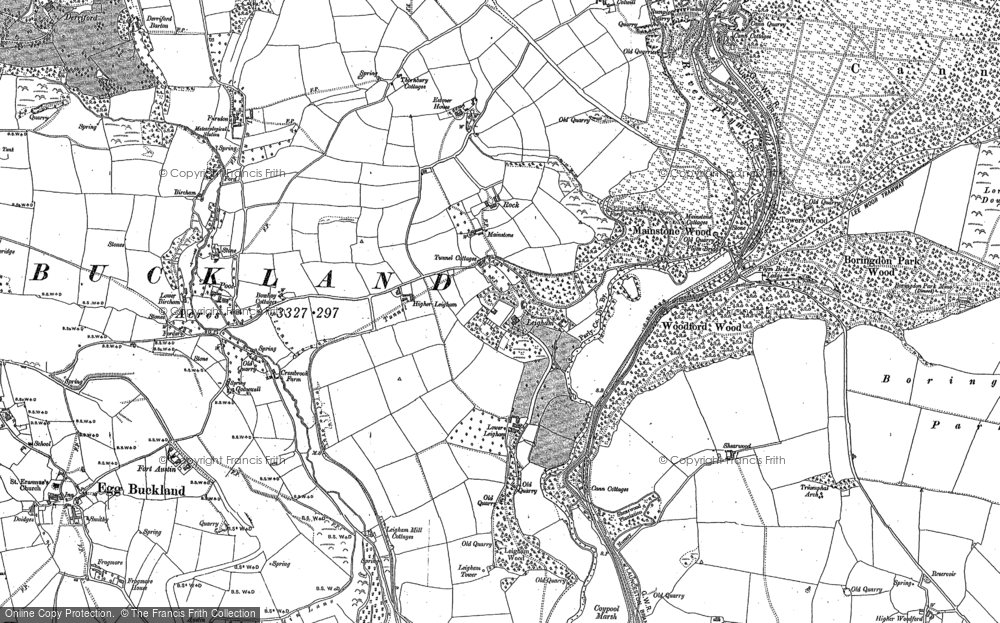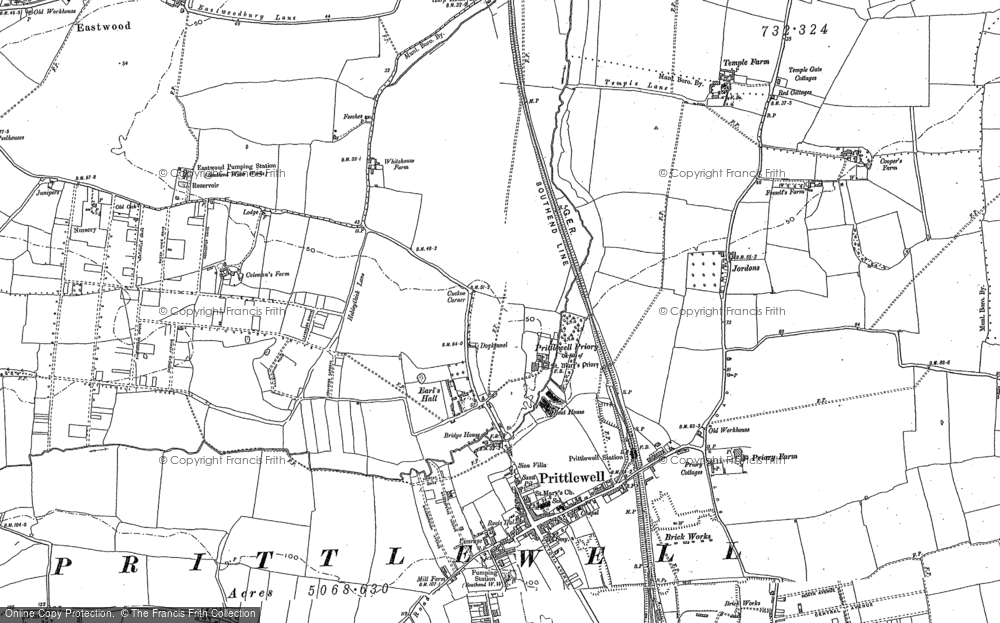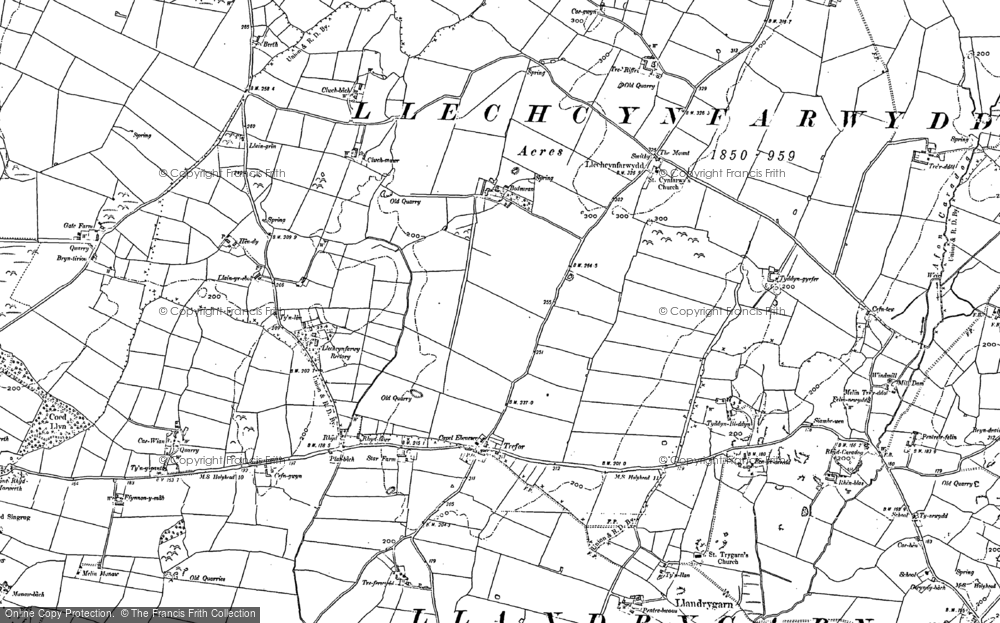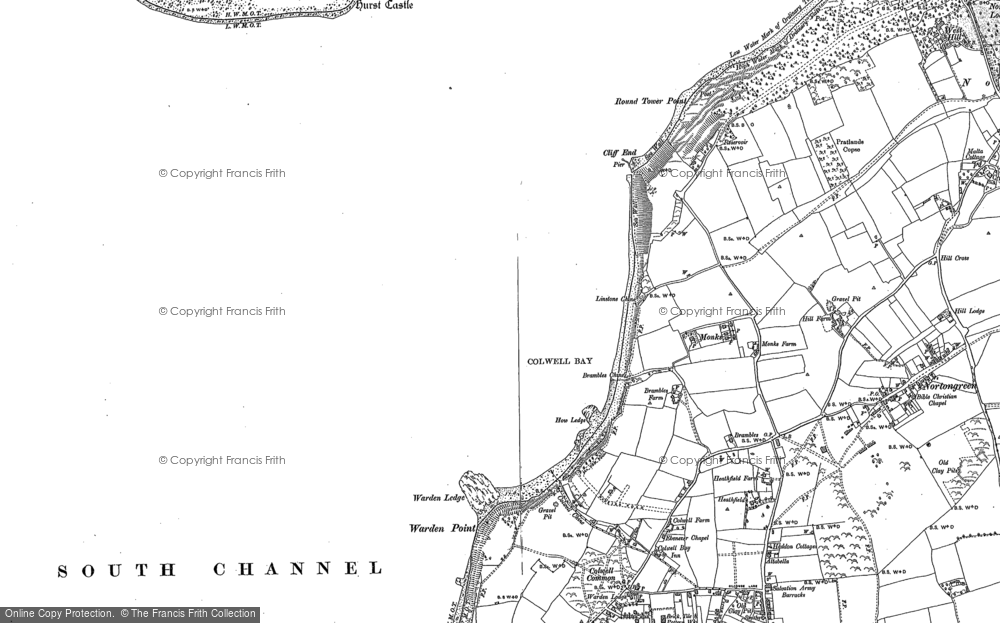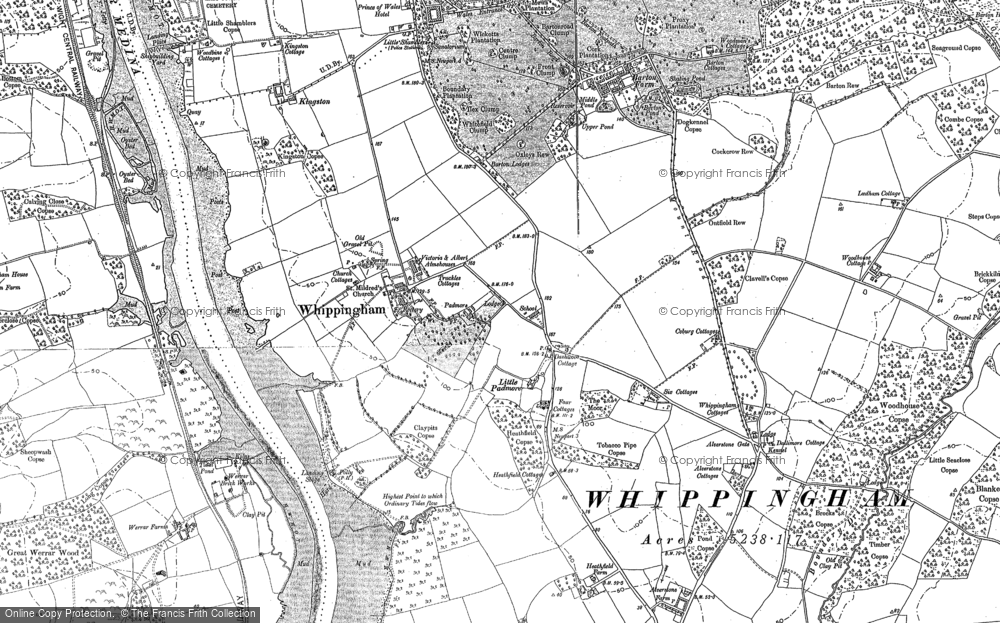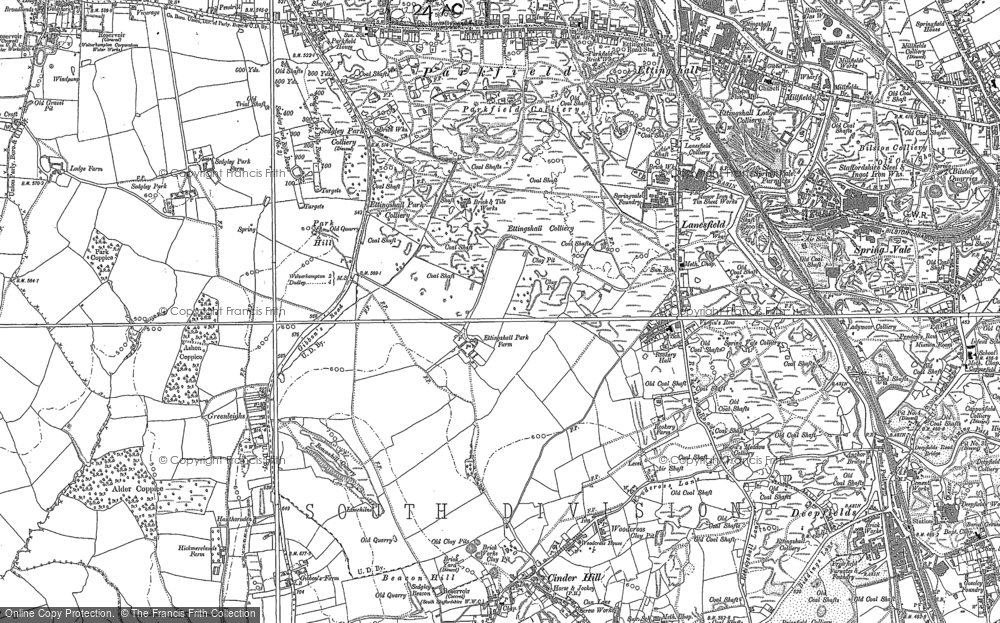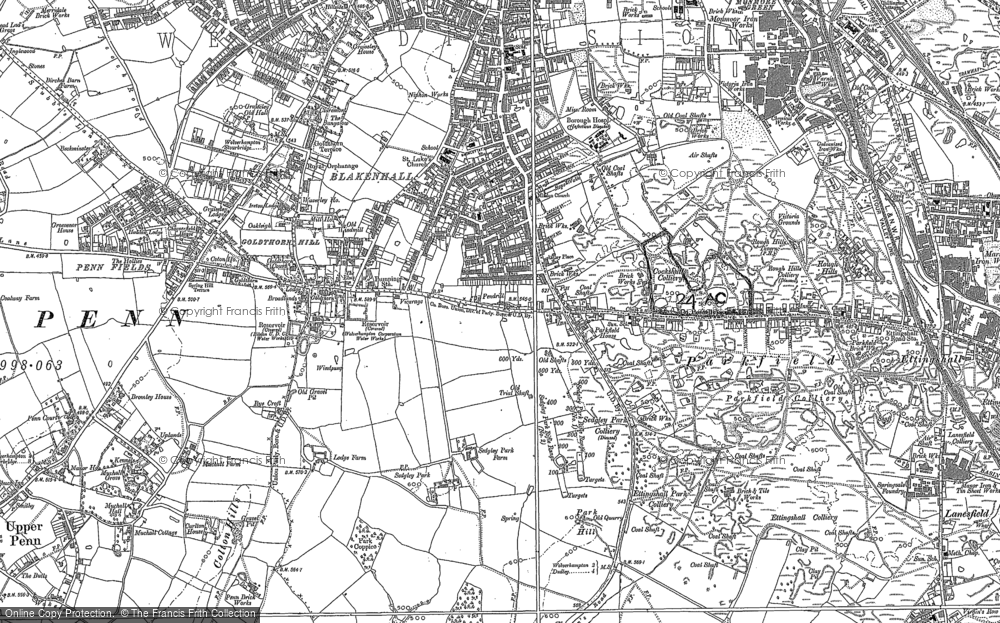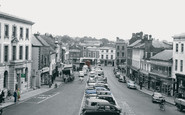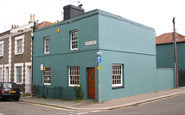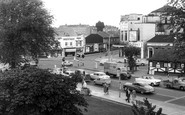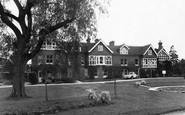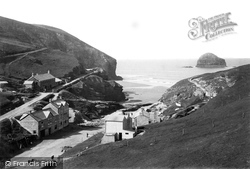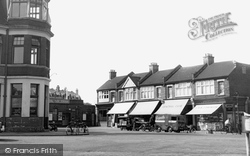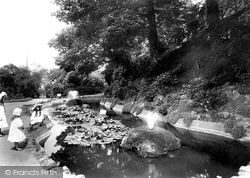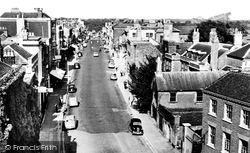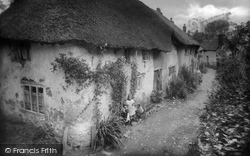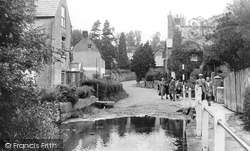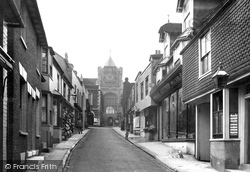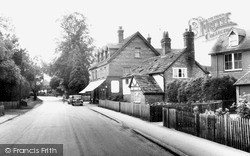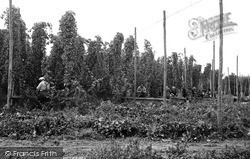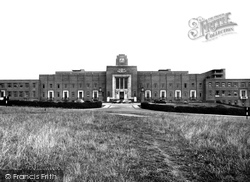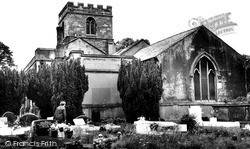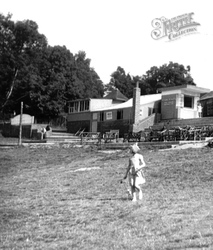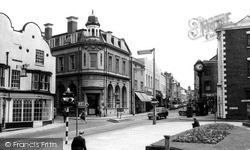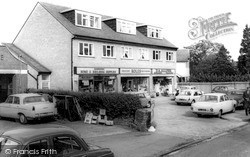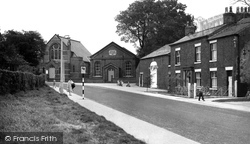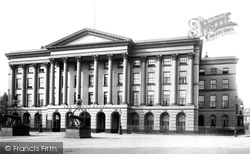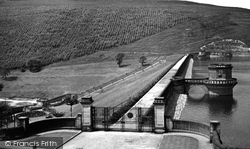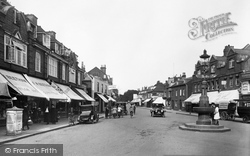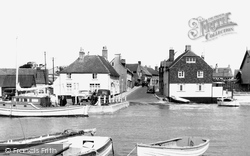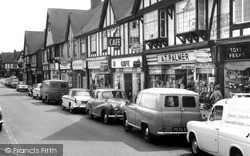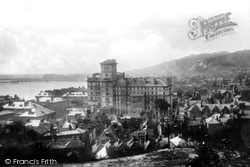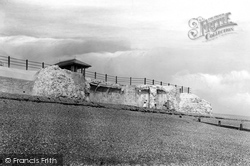Merry Christmas & Happy New Year!
Christmas Deliveries: If you placed an order on or before midday on Friday 19th December for Christmas delivery it was despatched before the Royal Mail or Parcel Force deadline and therefore should be received in time for Christmas. Orders placed after midday on Friday 19th December will be delivered in the New Year.
Please Note: Our offices and factory are now closed until Monday 5th January when we will be pleased to deal with any queries that have arisen during the holiday period.
During the holiday our Gift Cards may still be ordered for any last minute orders and will be sent automatically by email direct to your recipient - see here: Gift Cards
Places
Sorry, no places were found that related to your search.
Photos
Sorry, no photos were found that related to your search.
Maps
7,034 maps found.
Books
163 books found. Showing results 4,753 to 4,776.
Memories
22,913 memories found. Showing results 1,981 to 1,990.
Saturday Afternoon Shopping
I do remember Andover about this time. We lived in Tidworth at the time and my father had a car with petrol allowance as he was a Barrack officer. We went to Andover, mum, myself and him every Saturday afternon and had to ...Read more
A memory of Andover in 1946 by
I Know You!
It’s lovely to read all your memories especially yours Deb, my best friend! I was at Berwick Road Primary school from 1960-1965, I remember the aptly named Mrs Pie the dinner lady, also Mr Jones the new assistant head who had radical ...Read more
A memory of Little Sutton in 1960 by
Wheatley Hill
Hi, my name is Shirley Cross, my name was Shirley Stokoe and I lived in Thornley. My dad's nme was Robert Stokoe, he has now passed away. My memories of Wheatley Hill are nice. I remember spending a lot of time there growing up. I ...Read more
A memory of Wheatley Hill in 1966 by
Chapmans Dairy.
This building was Chapmans Dairy and belonged to my family. It was originally two houses, numbers 22 and 23, with a stable at the rear for the ponies. The door now remaining led into the shop and the downstairs windows were bay windows. The whole building was painted white! How it has changed!
A memory of Hastings in 1940
Kennack
I have been coming to Kennack since I was a toddler. But 1972 was the first of many years that stand out to me. My family met another family and we are still in touch now, 36 years and more later. My memories are so many, borrowing ...Read more
A memory of Kennack Sands in 1972
Fair Green
I lived in that stange area of Mitcham known as Lonesome, situated between the level crossing at Eastfields and the bottom of Streatham Vale. It was a sort of 'No Man's Land'. My schooling from 1951- 1957 took place first at the wooden ...Read more
A memory of Mitcham in 1958 by
Albert Road, 2 Rose Cottages
My father was born at number 2 in 1911. My grandfather was a dairyman and would probably have worked at Parsonage Farm or Heron Hill Farm. All this is on my father's birth certificate. I imagine the place was on the right ...Read more
A memory of Belvedere in 1910 by
Getting Married
I remember marrying my first husband at The Garth on 10th July 1982, now a registrar's office. The grounds are not as well kept now, but it is still a lovely park.
A memory of Bicester in 1982 by
Growing Up In Dartford
I lived in Dartford from 1955 (born in West Hill Hospital) til 1977 when I moved to Wales. My dad was manager of the"Bacca Pouch" next to the old Post Office , and opposite the back entrance to the Co-op. He then had the ...Read more
A memory of Dartford in 1955 by
Summer Of 67
I won the Cornish longboard championships at Constantine Bay in 1967. I was the profesional lifeguard at Treyarnon Bay in 1967 and 1968. Friendships established then and still true include Anhtony Richards, Robert Ede, David ...Read more
A memory of Constantine Bay in 1967 by
Your search returned a large number of results. Please try to refine your search further.
Captions
9,654 captions found. Showing results 4,753 to 4,776.
This is a good view of one of the few places with access to a good beach for many miles of slate coast, although even then the sand is covered at high tide. Gull Rock is offshore.
It was while staying at Enfield that Henry VIII's only legitimate male child became Edward VI on the death of his father.
The Castle grounds include the 200-year old bowling green, and were laid out as a pleasure garden when Guildford Corporation bought the Castle in the 1880s.
This photograph of the town was taken from the tower of St Thomas's church at the top of the High Street, depicting an elegant mix of Georgian houses, bow-fronted cottages and covered shop fronts.
Nestling at the foor of St Andrew Street, they were demolished after the last war when slum clearance was the watchword. Modernisation was embraced, and down everything came.
At the heart of Southampton lies the Civic Centre, with its council offices, law courts and art gallery.
Main Street c1955 Victorian visitors had a number of inns to choose from when seeking sustenance in the town, some acting as fully-fledged hotels.
At the southern end of Lion Street, near its junction with Market Street, is Rye's large parish church of St Mary the Virgin, much of which is hidden by other buildings.
On the far left (displaying the RAC sign) is the Kings Head Hotel, which was in existence by 1669; the main entrance to this former coaching inn was in the Carfax.
The large building in the centre was erected in 1879 on the site of an earlier small shop.
A whole row of hop vines have been pulled to the ground ready for the nimble fingers of these workers to detach the hops and bundle them into bushels ready for transportation to local breweries.
Designed by Lanchester and Lodge, who were appointed after winning a competition in 1930, this was originally known as the Birmingham Hospitals Centre at Edgbaston; it was later named after Queen Elizabeth
Above the vestry door is a superbly carved Norman tympanum showing St Michael overcoming Satan. It is thought to date from around 1120.
In the 1920s, when the Lickeys were at the height of their popularity, several tea rooms were in business, and this one was still going strong in the 1950s.
The clock is a focal point of the town. Its column was cast at Stourbridge Ironworks (just a short walk away, by the canal) in 1857.
It is hard to imagine now, but this was still countryside not too many years ago. The name means 'long heath', and it was recorded in a deed dated 1426, now at Stratford Records Office.
The Ship Inn in Bunker Street was amongst the oldest in all Fylde, and was said to be the hideout for smugglers and their contraband arriving at Freckleton Pool.
The Queen's Hotel was built in 1837 at a cost of £47,000.
This view looks across the ornate, wrought iron gates of the Ladybower Dam towards the newly planted regimented forestry on the slopes of Win Hill.
Two little girls slake their thirst at the drinking fountain in the middle of the crossroads leading on the left to Walton Bridge, and on the right to Hersham, Esher and Cobham.
During the 18th and 19th centuries Emsworth was an important port along this stretch of coast, and it became successful mainly through corn milling, boat building, fishing and a flourishing oyster industry
Stoneleigh took its name from Stone's Farm, at the southern end of Nonsuch Park. Its rapid development followed the opening of the railway station on the Epsom to Waterloo line in 1932.
At the time of this photograph, Dover had two docks, Granville Dock and Wellington Dock, and two piers, Admiralty Pier (built in 1848), and Promenade Pier (built in 1893 and demolished in 1927).
Two kiosks at the entrance to the pier used to take bookings for cruises and shows. On the right of the pier are two of the town's hotels, The Antwerp and The Clarendon.
Places (0)
Photos (0)
Memories (22913)
Books (163)
Maps (7034)



